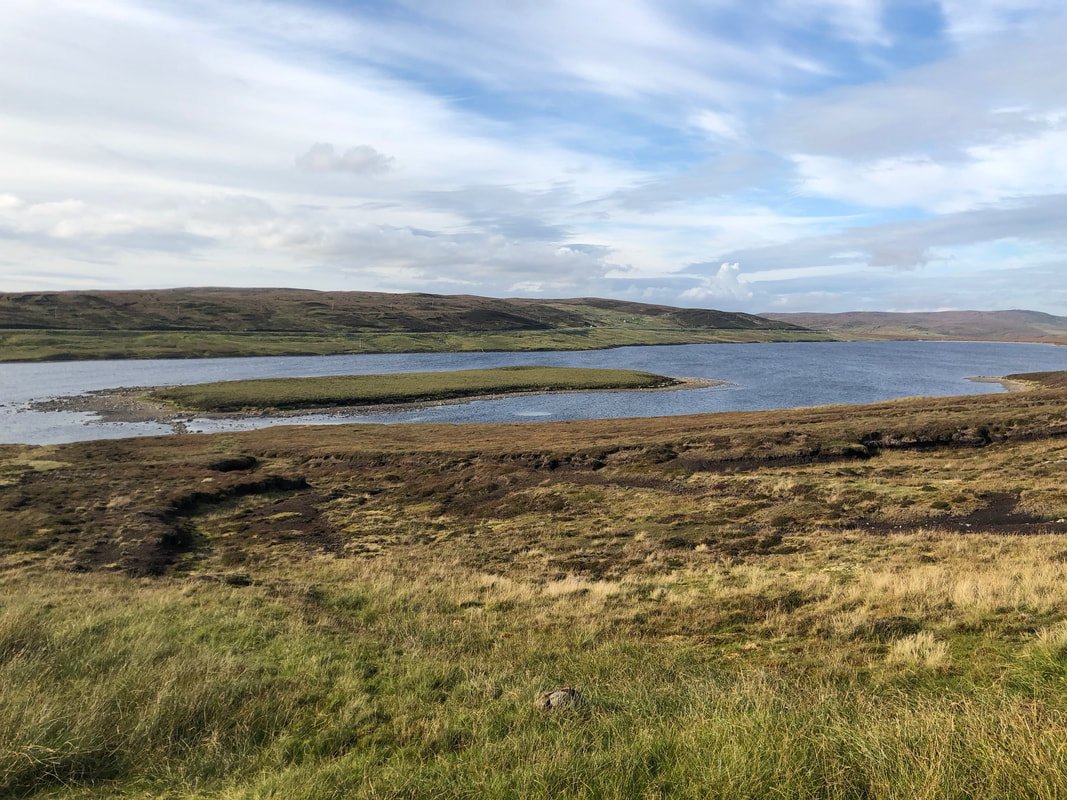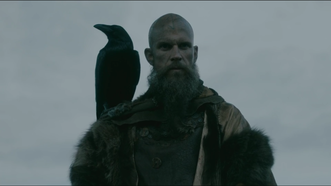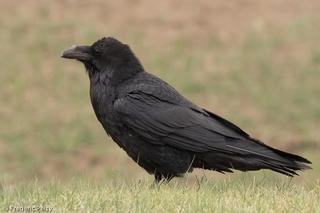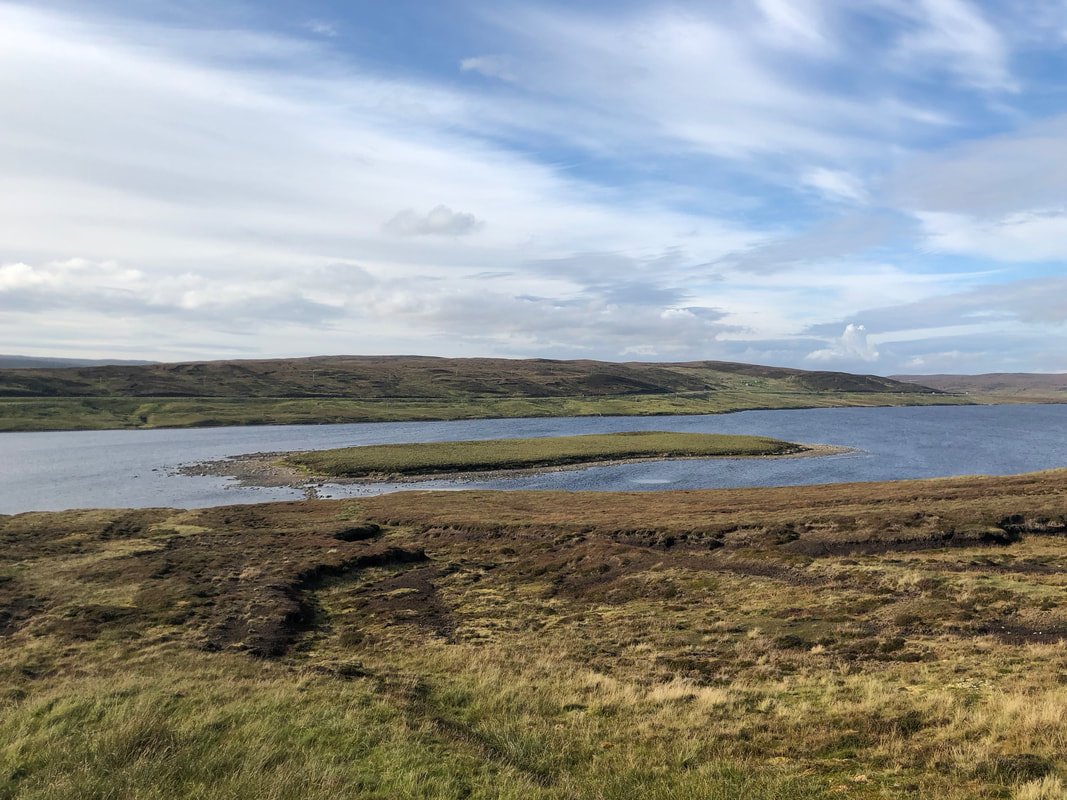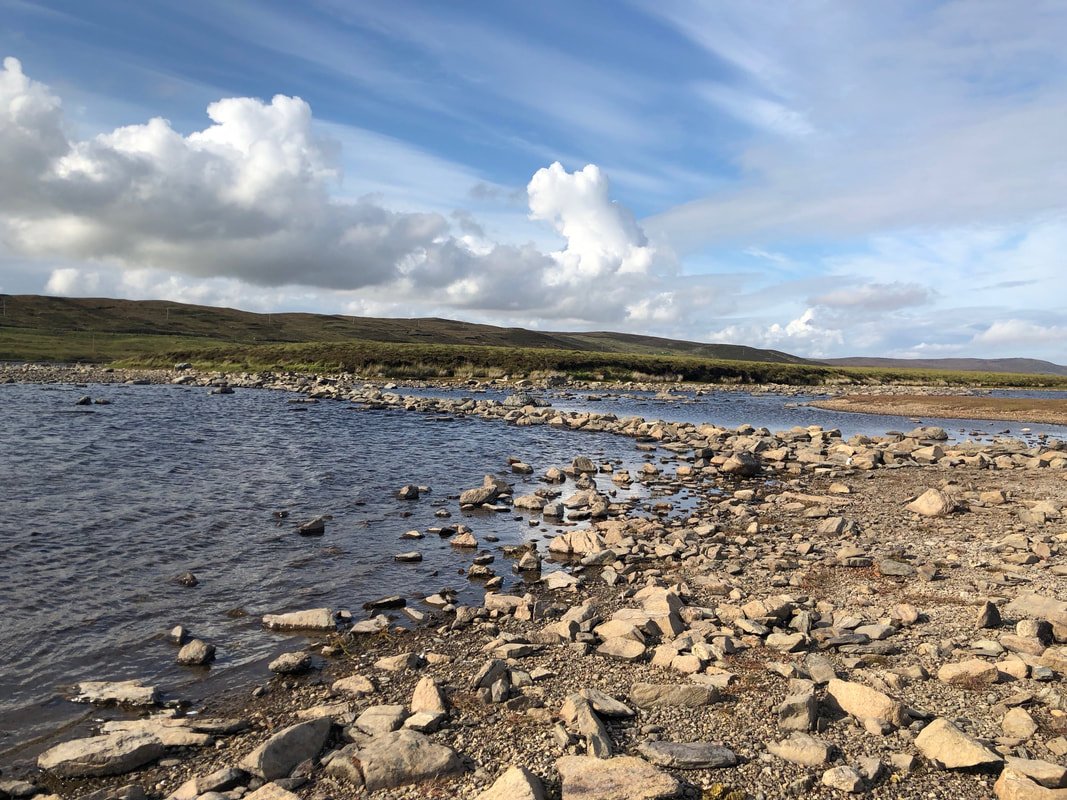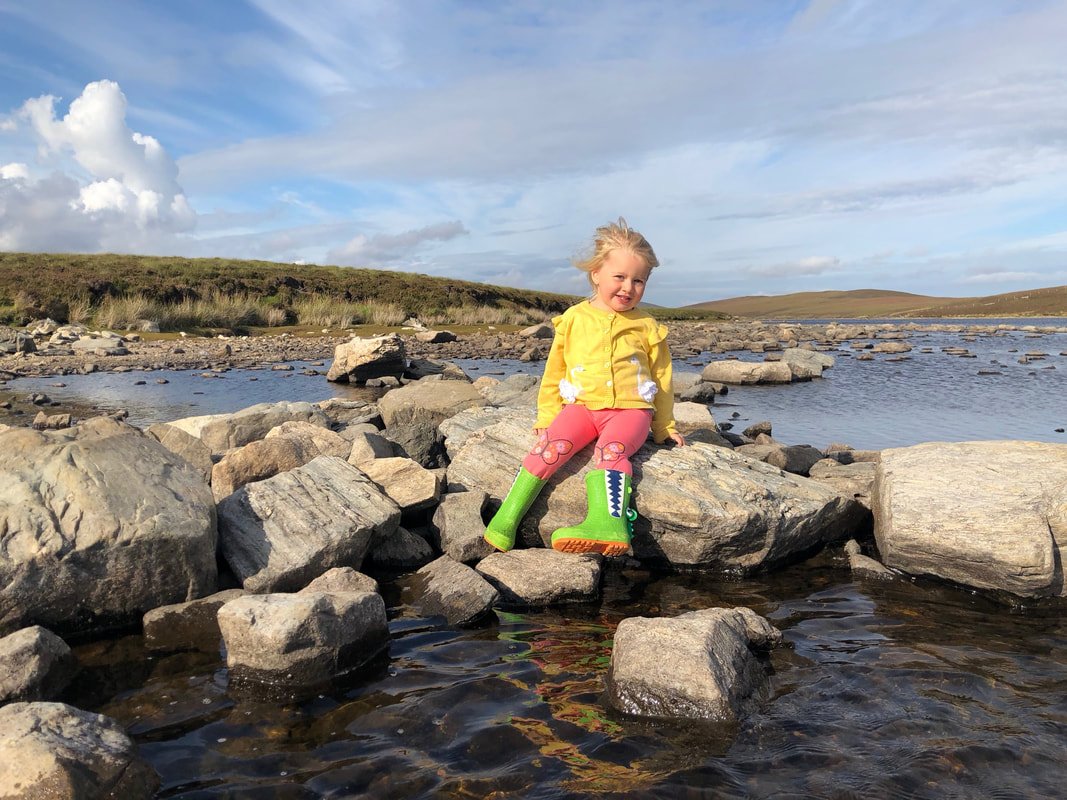Geirhildr's loch - a Viking saga from Shetland
Geographically speaking, the loch at Girlsta is interesting; it's the deepest in Shetland, at about 65ft deep in places. From an ecological perspective, it's fascinating; it's the natural habitat of a unique sub-species of fish native only to Shetland; the slender char. Found in the loch, this fish is a relative of the Arctic char. The char was marooned here following the last Ice Age, about 10,000 years ago. The char adapted and changed over the years into a distinct sub-species now only found in the loch of Girlsta. Fascinating as both these facts are, for me, the most interesting thing about the loch is the folklore associated with it, and the story of Geirhildr, a young Viking princess.
Girlsta Loch
Many of Shetland’s place names are derived from the deep Norse connections, forged over hundreds of years and anchored fast to our culture in the stories from folklore. None explain this relationship better than the story about how Girlsta Loch came to get its name.
Geirhildr was the daughter of the famous Viking explorer, Flóki Vilgerðarson, known as Hrafna Flóki (Raven Flóki). Flóki was born in the 9th century, at a time of exploration, discovery and expansion in the Viking world which was pushing west at this time, with Flóki a central character in this expansion. He is the man heralded with the discovery of Iceland. This discovery is documented in the Landnámabók, an Icelandic saga which describes the settlement (landnám) of Iceland by Norse settlers in the 9th and 10th centuries.
In 868 AD Flóki left western Norway with his wife and family in search of new land, which would come to be called Iceland. They stopped in Shetland to overwinter and it is while they were here that the first tragedy befell the family.
Floki, also a fictional character in the Vikings drama
A raven, the Vikings used them to help navigate long journeys of discovery
Flóki was preparing to leave Shetland, continuing their journey to the north-west. He went out into the hills in search of young ravens. The Vikings used ravens as navigational aids, similar to how Noah used doves in the Bible. Ravens, like doves, are land birds and they will always make their way back to land. If a raven is released and can see land, it will make its way there. If no land is nearby it will return to the boat.
For anyone who has ever driven the road between Girlsta and Stromfirth, you will be well aware of the ravens which are still prevalent in the area. Passing through this area always makes me think of Hrafna Flóki, looting the nests for the young birds.
When Flóki returned he found that his daughter, Geirhildr, had fallen through the ice in the loch and drowned.
Local legend tells that her body was buried on the island in the centre of the loch, Geirhildarvatn (Geirhildr’s lake/water) and that the name Geirhildstaδir is a derivation of her name, Geirhildr and has led to the place-name, Girlsta which is still used today.
This norse place name is not unusual in Shetland, about 95 per cent of the place-names come from the Old Norse language.
The island holm in the centre of Girlsta loch, where Geirhildr is said to be buried
I’ve always wondered at the truth in this and frustratingly, have never had the opportunity to make it onto the small island holm to find out. However, this summer (2018) offered a once in a lifetime opportunity to get to the island on foot, rather than by boat.
The dry summer meant that the water level in the loch at Girlsta was much lower, allowing access onto the island
This year, having enjoyed the driest summer on record since 1984 meant that the water levels in the lochs reached an all time low, including that in the loch of Girlsta. What was revealed by this drop in water level was the perfect causeway, linking the island holm to the shore.
A causeway revealed, leading to the island on the Girlsta loch
A causeway revealed, leading to the island on the Girlsta loch
How could I not pack a picnic and drag the bairns across for a look? Afterall, who wouldn't want to uncover a Viking myth? Once we got onto the island, I was surprised to find that it was quite a lot bigger than it appears from the road. I’ve driven past it hundreds - possibly thousands! - of times, and it has always appeared quite small, yet finding ourselves marooned there, knee-deep in heather, it’s scale became more apparent - this was a substantial island.
The size of the island soon became clear when we set foot on it
Having had no grazing from sheep, it was difficult walking but we soon reached the north-west end of the holm and came to what i’m proudly calling a boat-shaped depression. After carrying the bairns across the holm and, lacking the motivation to scour the rest of the holm, it was unanimously decided that this had to be Geirhildr’s final resting place.
The 'boat-shaped depression' which I have declared to be Geirhildr's final resting place
The 'boat-shaped depression' which I have declared to be Geirhildr's final resting place
On this sunny autumnal afternoon, I was able to answer a burning childhood question, and give my own children a window into Shetland’s history. But, the big question remains - was this Geirhildr’s final resting place? Absolutely!
*Disclaimer
-
I am not an archaeologist
and this conclusion is based entirely on speculation and my own creative imagination.
I hope that you too have the opportunity to pay homage to Geirhildr if the summer drought is to reveal the causeway again.
Lena, our very own Viking Princess
Until next time. And remember, let your imagination rule, as;
"Those who are curious always find interesting things to do." ~ Walt Disney.

